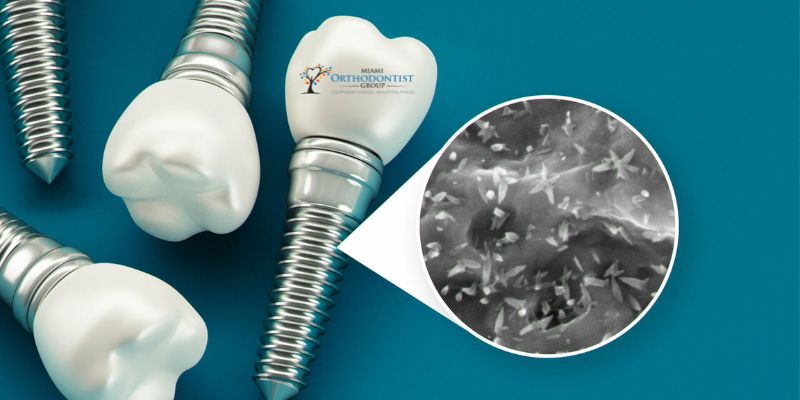In today's world, where aesthetics and convenience are paramount, Invisalign has emerged as a popular choice for orthodontic treatment. Unlike traditional braces, Invisalign offers a clear, nearly invisible alternative to straightening teeth, making it particularly appealing for adults and teens who are conscious of their appearance.
In recent years, 3D printing technology has revolutionized various industries and dentistry is no exception. Traditional dental techniques often require labor-intensive processes and the involvement of multiple professionals. However, a remarkable transformation has occurred with the advent of 3D printing in modern dentistry. This technology has significantly enhanced dental procedures’ efficiency, precision, and customization, leading …
Continue reading "Application of 3D Printing in Modern Dentistry"
Dental implants have revolutionized modern dentistry, offering a permanent and natural-looking solution for replacing missing teeth. Dental implants can provide an excellent alternative to bridges or dentures, whether you have lost a tooth due to decay, injury, or other dental issues. However, before diving into the dental implant procedure, there are several crucial factors you …
Continue reading "What Things Should You Consider Before Getting Dental Implants?"
A beautiful smile not only enhances your appearance but also boosts your confidence. Dentofacial orthopedics can be a game-changer for you if you have dental and facial structure issues. Dentofacial orthopedics is a specialized field of dentistry that focuses on correcting and guiding the growth and development of the facial and jaw bones, ultimately transforming …
Continue reading "How Can Dentofacial Orthopedics Transform Your Smile?"
Orthodontic treatment is often the way to go when it comes to achieving a straight and beautiful smile. Traditional metal braces have been the go-to option for many years, but in recent times, clear braces have gained popularity as a more discreet alternative. Both clear braces and conventional braces have unique features and treatment processes. …
Continue reading "Clear Braces vs. Conventional Braces: Treatment Process and Features"
Orthodontic treatment has come a long way in recent years, providing patients with innovative solutions beyond traditional braces
Invisalign is a popular orthodontic treatment that uses clear aligners to straighten teeth without traditional braces.
Millions of people worldwide suffer from the common sleep disease known as obstructive sleep apnea (OSA). It is caused by the obstruction or narrowing of the upper airway, which results in snoring and irregular breathing while you sleep. OSA can harm health, including a higher risk of diabetes, heart disease, and stroke. Orthognathic surgery, which …
Continue reading "How Can Orthognathic Surgery Treat Sleep Apnea?"
Nanotechnology is a field of science that studies particles at the nanometer scale. Nanoparticles are tiny, measuring less than 100 nm in size. Over the past few decades, researchers have made significant progress in developing nanotechnology and its application in various fields, including medicine and dentistry. Dentistry, like any other field of medicine, has significantly …
Continue reading "Nanotechnology: An Emerging Trend in Dentistry"
To keep your teeth strong and healthy, you must care for them. Taking care of your teeth involves using the right oral products and being dedicated to oral care throughout your lifetime.











